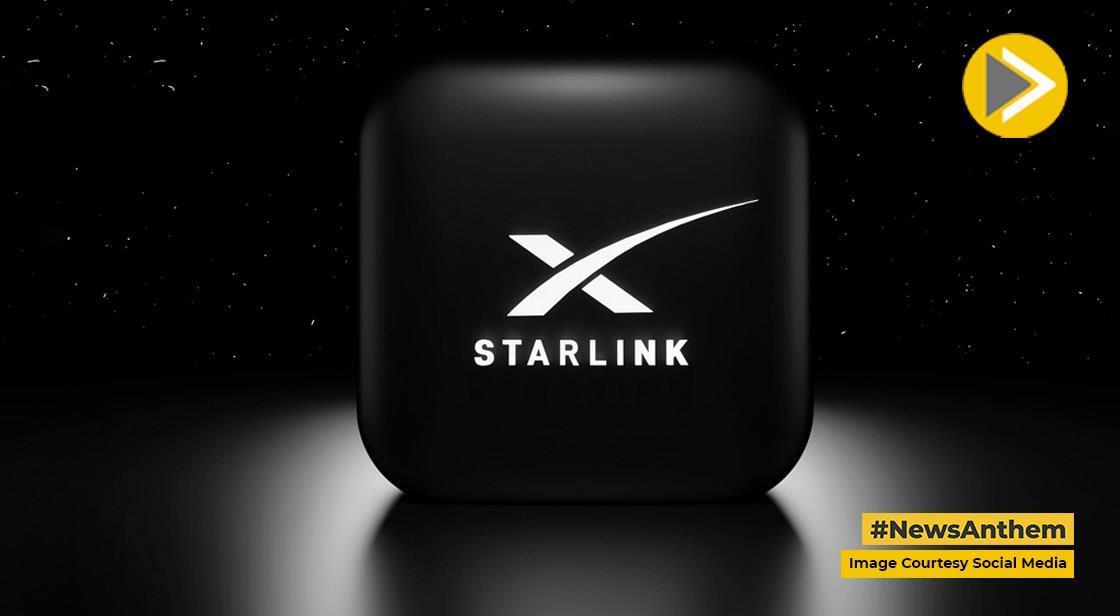Starlink and Others May Offer Satellite Internet in India Starting at Just Rs 840 per Month

News Synopsis
The Indian satellite internet landscape is poised for disruption as the Telecom Regulatory Authority of India (TRAI) has released new recommendations for satellite-based internet services. The move could pave the way for companies like Starlink to enter the market with ultra-affordable internet offerings.
TRAI Recommendations Aim to Promote Affordable Satellite Internet
The Telecom Regulatory Authority of India (TRAI) recently released guidelines concerning the spectrum pricing for satellite-based internet services. These recommendations are expected to create a more accessible regulatory environment for satellite internet operators like SpaceX’s Starlink, Amazon’s Project Kuiper, and Bharti-backed OneWeb.
As part of the proposed framework, TRAI has suggested that satellite internet service providers pay a 4% levy on their annual revenues. Additionally, operators offering services in urban areas will be required to pay Rs 500 per subscriber annually. However, TRAI has waived this additional fee for services delivered in rural areas, signaling a push to improve digital access in remote parts of the country.
Starlink’s Expected Pricing Strategy in India
According to a report by source, citing industry analysts, Starlink is likely to launch its satellite internet services in India at a promotional price of less than USD 10 per month—approximately Rs 840. This entry-level plan is expected to include unlimited data usage, positioning Starlink as a competitive option for both urban and rural customers.
This aggressive pricing strategy is designed to attract a wide user base quickly. Industry experts estimate that the company could aim to onboard up to 10 million subscribers in the medium to long term. By doing so, operators like Starlink could offset the high capital and spectrum acquisition costs through economies of scale.
Analysts: Low Pricing Crucial to Mass Adoption
Ashwinder Sethi, a partner at the global consulting firm Analysys Mason, believes that despite high spectrum charges and licensing fees, companies are strategically launching services at a sub-USD 10 price point. The goal is to ensure rapid adoption and to distribute fixed infrastructure and equipment costs across a larger number of users.
Such pricing tactics are especially vital in a price-sensitive market like India, where affordability and accessibility drive technology adoption, particularly in underserved rural regions.
Capacity Constraints May Limit Subscriber Growth
While the pricing strategy may attract a high volume of customers, it is not without challenges. IIFL Research has warned that capacity constraints could hamper growth if infrastructure expansion does not keep pace with subscriber demand.
There have been precedents: Starlink had to temporarily halt subscriber additions in parts of the United States and Africa due to network capacity limitations. This highlights the risk that similar limitations may affect the rollout and customer experience in India, especially if demand exceeds capacity in high-density regions.
Comparison with Starlink Pricing in Bangladesh
To understand the potential cost advantages in India, a look at Starlink's pricing in neighboring Bangladesh offers perspective. In Bangladesh, Starlink charges around 6,000 BDT per month (approximately Rs 4,200) for its satellite internet plan.
Additionally, customers must pay a one-time equipment cost of 47,000 BDT (around Rs 33,000) and a shipping and handling fee of 2,800 BDT (approximately Rs 2,000). This brings the total initial cost to about Rs 37,200 to get started. If Starlink follows a similar model in India, the company might adopt flexible payment schemes or reduced entry costs to improve accessibility.
Outlook for Satellite Internet in India
With favorable policy recommendations from TRAI and an expected sub-Rs 1,000 monthly pricing, India could become one of the largest markets for satellite internet services. Rural and remote areas, which lack robust broadband infrastructure, stand to benefit the most.
However, for operators to achieve long-term success, managing bandwidth availability and ensuring quality of service will be critical alongside competitive pricing.
You May Like









